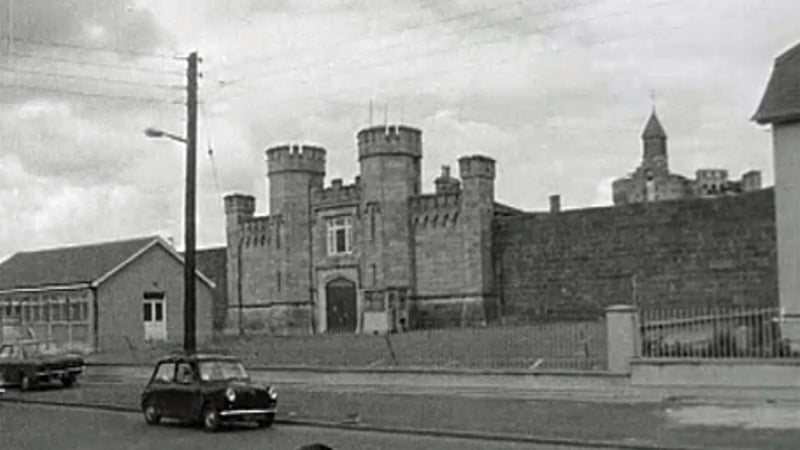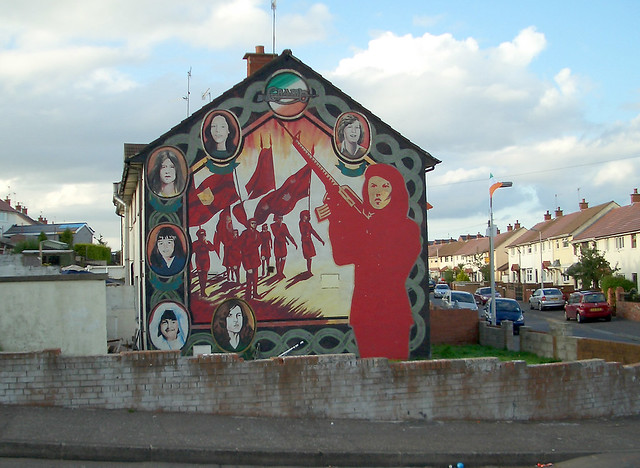Dieter Reinisch ✒Analysis: Paulo Freire's writings enabled IRA prisoners to perform a more active role in the outside republican movement and the peace process than in previous decades and given his influence, he could be considered the peace process's hidden enabler.
19th September marked the 100th birthday of the Brazilian pedagogue Paulo Freire. The Socialist-Catholic Freire is best known for his radical approach to pedagogy. His innovative education influenced activists and educators around the globe, was also an inspiration for IRA prisoners in the H-Blocks and shaped the peace process.
Paulo Freire was born on 19th September 1921 in the northeast of Brazil. He graduated with a PhD from the University of Recife in 1959. Two years later, he became the director of the Department of Cultural Extension at his Alma Mater. At Recife, he was involved in educational projects dealing with mass illiteracy. During those years, Freire developed and practised his radically democratic pedagogy.
'Educate to liberate'
Freire’s method was not just about teaching literacy; he also understood education as a process of politicisation. Freire was convinced that educating the masses would eventually lead to liberation from the oppressor.
Having been forced into exile by the military dictatorship in 1964, he moved to Chile, where he wrote his most influential book, the Portuguese best-seller Pedagogy of the Oppressed.
Continue reading @ RTÉ.
Paulo Freire was born on 19th September 1921 in the northeast of Brazil. He graduated with a PhD from the University of Recife in 1959. Two years later, he became the director of the Department of Cultural Extension at his Alma Mater. At Recife, he was involved in educational projects dealing with mass illiteracy. During those years, Freire developed and practised his radically democratic pedagogy.
'Educate to liberate'
Freire’s method was not just about teaching literacy; he also understood education as a process of politicisation. Freire was convinced that educating the masses would eventually lead to liberation from the oppressor.
Having been forced into exile by the military dictatorship in 1964, he moved to Chile, where he wrote his most influential book, the Portuguese best-seller Pedagogy of the Oppressed.























